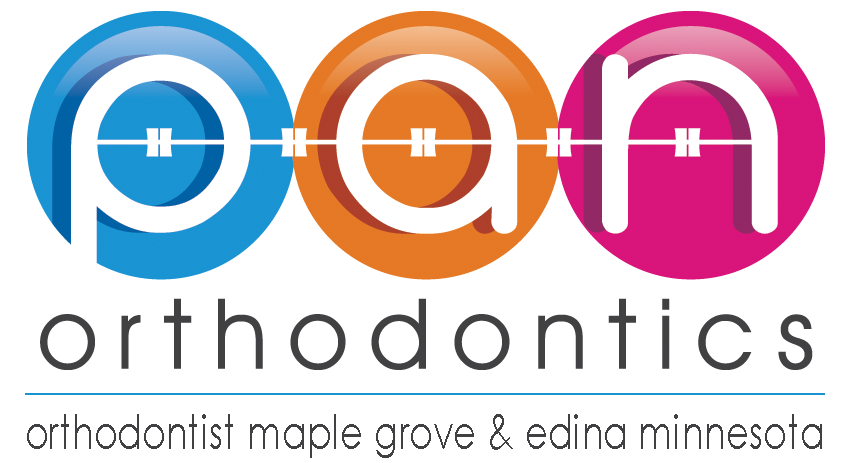Will Palatal Expansion Change Your Face?
Palatal expansion widens the upper jaw. Most commonly, palatal expansion is used to correct a crossbite, uncrowd crowded teeth, improve nasal airflow, or generally improve the breadth and appearance of the smile. A palatal expander can be utilized by itself, or it can be used in conjunction with different orthodontic appliances. Palatal expansion can broaden the arc of the smile and improve its appearance, and it can certainly help realign the teeth inside your smile, which could make significant differences in your smile and overall appearance. While palatal expansion is most commonly used to modify the shape of the upper jaw in children, whose bones are still maturing, adults can also benefit from the aesthetic results of palatal expansion, though surgery may be required in more significant cases. The goal, in these cases, is to modify the smile, and treatment can absolutely affect the appearance of the face in multiple beneficial ways.
The reason that palatal expanders aren’t as immediately successful in adults is that the bones in an adult’s palates have already finished growing and fused together, which makes them far more difficult to alter. For this reason, dental specialists recommend that patients with narrow palates undergo palatal expansion treatments between the ages of 8 and 15. Of course, a person’s face is still changing during this time, and palatal expansion will help the face settle into a pleasing arrangement with uncrowded teeth and a broad, open smile as the patient enters adulthood, once their skeleton and jaw have finished maturing. In certain cases where the palatal expansion needs are minimal, expanders can be successful without surgery, but in most cases when adults and their jaws are involved, surgical treatments are necessary.
In these more serious instances, palatal expansion can make a significant difference in the appearance of the face, especially when combined with other orthodontic treatments. For example, if the upper jaw and lower jaw are incompatibly sized and the upper jaw is disproportionately narrow, the patient may have a crossbite, and palatal expansion can help resolve this. A crossbite occurs when the upper molars and lower molars align improperly, which can lead to complications and difficulties with eating, clenching or grinding issues, and a misaligned smile and physical appearance.
Palatal expansion can improve a person’s appearance and help children and adolescents grow into their adult faces more comfortably. In addition to the aesthetic benefits conferred by palatal expansion, the treatment provides mechanical and clinical benefits as well. Repairing crossbites, overbites, underbites, or dental crowding can help improve a person’s ability to comfortably eat and speak and can also benefit their oral hygiene possibilities, and palatal expansion can enhance the appearance of the face and the smile, providing aesthetic fringe benefits for an overall beneficial therapy. Palatal expansion isn’t without its side effects, though these side effects are less problematic in younger patients than adults and include inhibited speech during treatment, an excessive amount of saliva, possible discomfort, and extra time needed for cleaning the oral cavity and the palatal expansion appliance. For many patients, the aesthetic and clinical benefits of palatal expansion outweigh these minor side effects.
